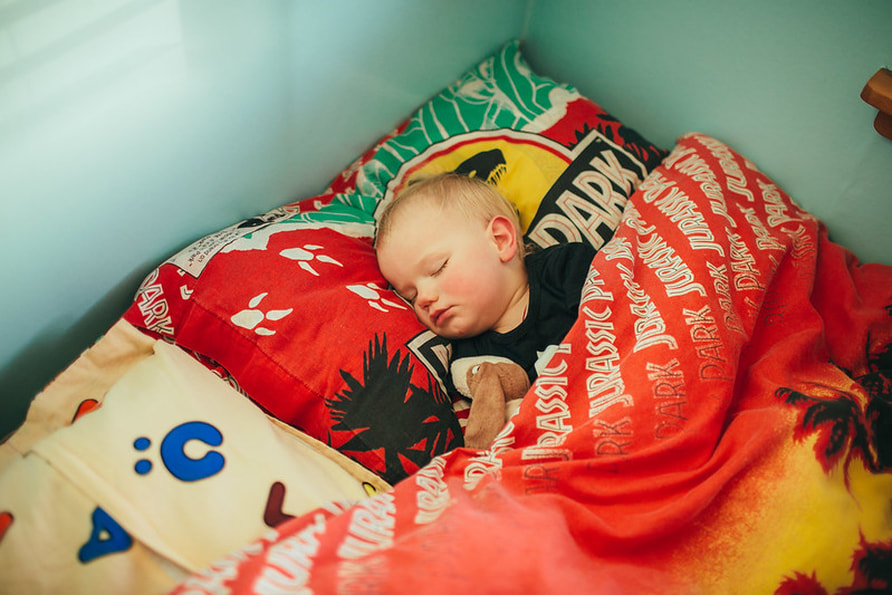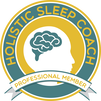|
Wake Windows can be a game changer for most families I work with, they can also be a great deal of anxiety for others, they are surprisingly not evidence-based, there is no research or evidence that tells us how long naps should be, how many naps a baby should have at a certain age or how long they can cope with being awake between naps, known as Wake Windows, Nap Gaps or Awake Windows However, there is evidence that tells us roughly how many hours opportunity for nighttime sleep is normal in comparison with how many total hours daytime sleep is normal by age range (Paavonen et al., 2020) so we can confidently work with that information. For naps it is best we are pragmatic and ensure naps are offered as equally as possible over the day. For some families working with structured wake windows from a chart can help with their confidence on what time to offer a nap and gives structure to the day while still having some flexibility but on the other hand can also mean a reliance on clock watching rather than being responsive to our babies cues. The amount of time your little one can cope with being awake will be highly personal and variable depending on what the nights are like, their age, temperament, morning waking and bedtimes, any growth spurts and so on, and sleep cues can easily get confused with other needs such as hunger, being lonely, board, over-stimulated or scared. The first step recommended by sleep coach Lyndsey Hookway is to understand your child’s behavioural and emotional responses (Hookway, 2020) Your baby may use many different ways to communicate with you, some that I can think of are crying, wriggling, smiling, squirming, back-arching, head banging, rubbing head side to side on mattress, thump sucking, yawning, making or avoiding eye contact, losing interest in toys etc… In her book ‘Let’s talk about your family’s sleep’ Lyndsey asks parents to think about specific signs that your child is able to use to communicate with you and what they might mean and links this into Leah Kuyper’s Zone’s of Regulation.
Leah Kuyper labels these zones by colour (as highlighted above) none of the zones are bad but understanding the emotional state can help you tune into your child’s needs and thus help you figure out the best way to respond. But what does this have to do with naps and an alternative to wake windows? - keep with me. Using the downloadable observation sheet, spend some time (a few days or up to a week) listing the specific behaviours you notice in each zone, for yellow and red list what happens just before these behaviours, any triggers, what seems to help or slide into another zone. This activity can help you to read your babies cues, is she tired, overtired or bored for example, does she need to have a change of scene rather than a nap or visa a versa. Once you have spent a few days observing your child, you can use this information to help you figure out your baby’s unique wake window range. I have included a second download sheet for you to do this. IMPORTANT NOTE: Micro-naps knock off sleep pressure Try to make sure your baby doesn’t fall asleep in their wake window period. For example, if your baby has a little 5-10‑minute relax while she’s feeding, in the car, in the buggy or similar, then by the time you try for a nap she won’t be able to fall asleep. She won’t have to, because she’s just had a catnap. For some babies, a few minutes of sleep is all they need to feel reenergized and be ready for some more playtime. Although - If your baby had regular micro nap and is doing well and you are happy, no need to change anything. TIP: Falling asleep should not be that hard Ideally it should take 5-15 minutes for your baby to fall asleep, if it is regularly taking much longer then she may simply not be tired enough and you need to either allow more sleep pressure to build or keep an eye out for micronaps. If you would like 1-1 support in shaping naps, bedtime settling and strategies for responding to frequent nightwakings please get in touch. Hookway, L. (2020) Let’s talk about your new family’s sleep. London: Pinter & Martin. Paavonen, E. J. et al. (2020) ‘Normal sleep development in infants: findings from two large birth cohorts’, Sleep Medicine, 69, pp. 145–154. doi: 10.1016/j.sleep.2020.01.009. Comments are closed.
|
Categories
All
|
Site Links |
Copyright © - Nadia Edwards 2024, 3 Northbank Road, Cairneyhill, Dunfermline, Fife, KY128RN | Sitemap




